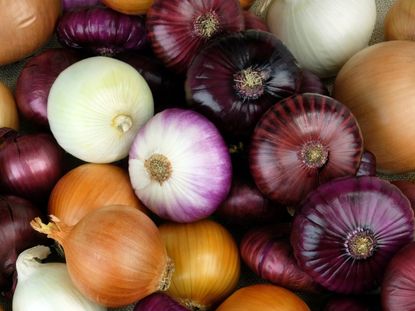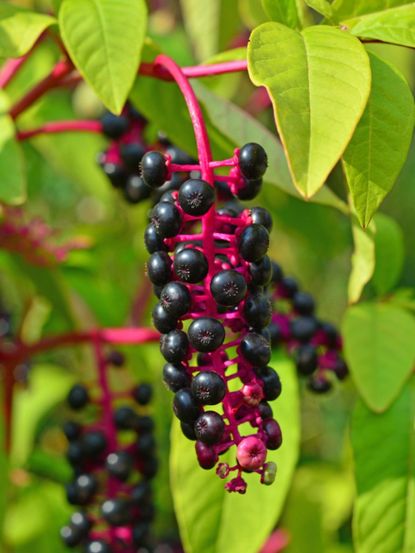Vegetables
There’s nothing quite as good as eating home grown veggies from the garden. While growing garden vegetables may seem daunting at first, learning how to grow vegetables yourself shouldn’t be intimidating. Most vegetable plants are easy to grow, and there are numerous types of vegetables that can be grown to satisfy even the pickiest of eaters. Here you can learn everything from starting vegetable seeds and caring for vegetable plants throughout the season to harvesting your crops and storing them once it’s come to an end.
Explore Vegetables
Vegetables
-

How To Grow Garden To Table: A Guide For Home Cooks
What could be better than a meal that comes directly from garden to table? Show off your gardening and culinary skills with the very freshest food.
By Bonnie L. Grant
-
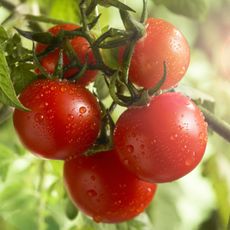
How To Grow Tomatoes Like A Pro
Nothing much compares to the juicy taste of a red, ripe tomato straight out of the garden. These delectable fruits not only taste great but are quite easy to grow. Get tomato growing tips in the article that follows.
By Caroline Bloomfield
-
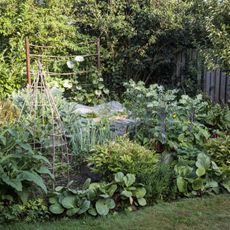
Foodscaping: The Most Beautiful Way To Grow Your Own Food
Foodscaping is a beautiful and profoundly practical way to mix beauty and function in your yard. Try food landscaping for a real sense of abundance.
By Bonnie L. Grant
-
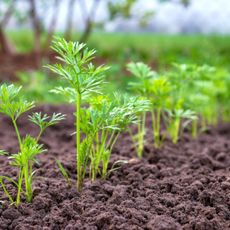
Guide To Seeding Carrots: How To Give Carrots A Strong Start
Seeding carrots can be fun, since they are so small. A great way to plant carrot seeds is to enclose them in homemade seed tape. Learn how to do it.
By Amy Grant
-

10 Hot Weather Vegetables That Thrive In Sweltering Summer Heat
These hot weather vegetables, fruits, and flowers can handle the heat! A Georgia Master Gardener shares his top picks for hot and humid summer gardens.
By Laura Walters
-
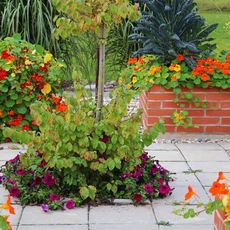
Prettiest Edible Plants To Add Flavor To Your Flower Beds
Edible garden plants can have much more than standard vegetables. You can have a beautiful garden space using edible landscape plants that are pretty and practical.
By Bonnie L. Grant
-
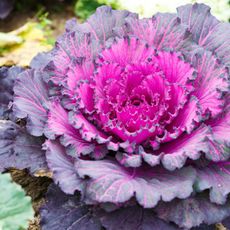
Purple Leafy Greens To Add Color To Your Garden
Purple lettuce and purple greens like kale and cabbage are lovely in the garden but also pack a healthy punch.
By Mary Ellen Ellis
-
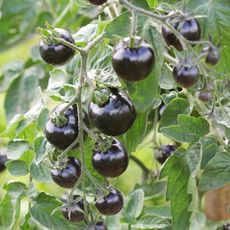
Best Black Tomatoes – Dark And Delicious Varieties To Try
Black tomatoes aren’t exactly black, but they’re dark and full of nutrients not found in regular tomatoes.
By Amy Grant
-
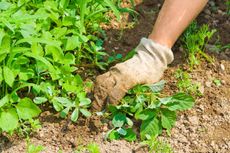
Tips For Controlling Weeds In A Vegetable Garden
Weeds in a vegetable garden are huge competitors for resources and can overtake seedlings. Learn about how to keep weeds out of your garden.
By Bonnie L. Grant
-
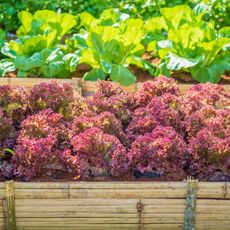
5 Red Leaf Lettuce Varieties To Spice Up Your Garden Greens
Red leaf lettuce is not only tasty, but it is a beautiful addition to your salad. Before you plant one, learn which red lettuce varieties are healthier, crunchier, and tastier.
By Amy Grant
-
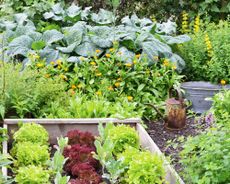
Vegetable Companion Planting Mistakes – 9 Disastrous Pairings That Will Ruin Your Crops
Not all crops will co-exist on the vegetable plot in harmony. Discover the worst bedfellows that will stunt growth, attract pests, and even impact flavor.
By Bonnie L. Grant
-
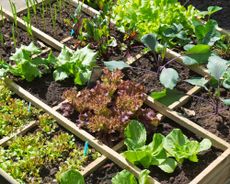
Grow A Square-Foot Vegetable Garden With This Year-Long Planting Plan
This clever approach to growing vegetables is perfect for small spaces and raised beds. Discover how to maximize your growing potential with our successive planting plan for year-round crops.
By Bonnie L. Grant
-

Grow A Beautiful Vegetable Garden That’s A Feast For The Eyes
In addition to being practical and useful, growing beautiful vegetable gardens that are stunning and aesthetically pleasing can enhance your garden space.
By Mary Ellen Ellis
-
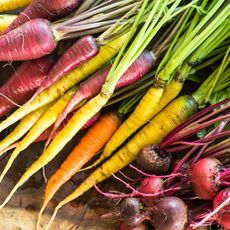
Colorful Vegetables For A Gorgeous Edible Garden
Colorful vegetables aren't just beautiful - they're often healthier. Try growing these vivid varieties.
By Amy Grant
-
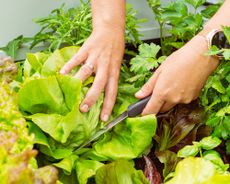
9 Cut And Come Again Crops For Small Spaces
Limited space is not an impediment to growing your own food. Cut and come again vegetables and herbs will save money, space, and provide fresh produce from the same plant all season long.
By Bonnie L. Grant
-
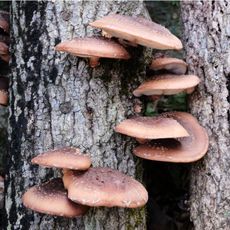
Which Types Of Wood To Use For Growing Fungi
Wondering about the best logs for mushroom plugs? Match the mushroom type to the tree variety for a great crop of delicious mushrooms.
By Bonnie L. Grant
-
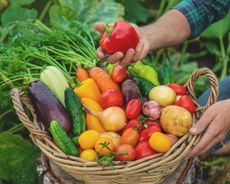
Plant An Italian Cook’s Vegetable Garden: 8 Authentic Varieties To Grow
Bring the luscious, bright flavors of Italian cuisine into your home with an Italian cook’s garden filled with the country’s best produce.
By Bonnie L. Grant
